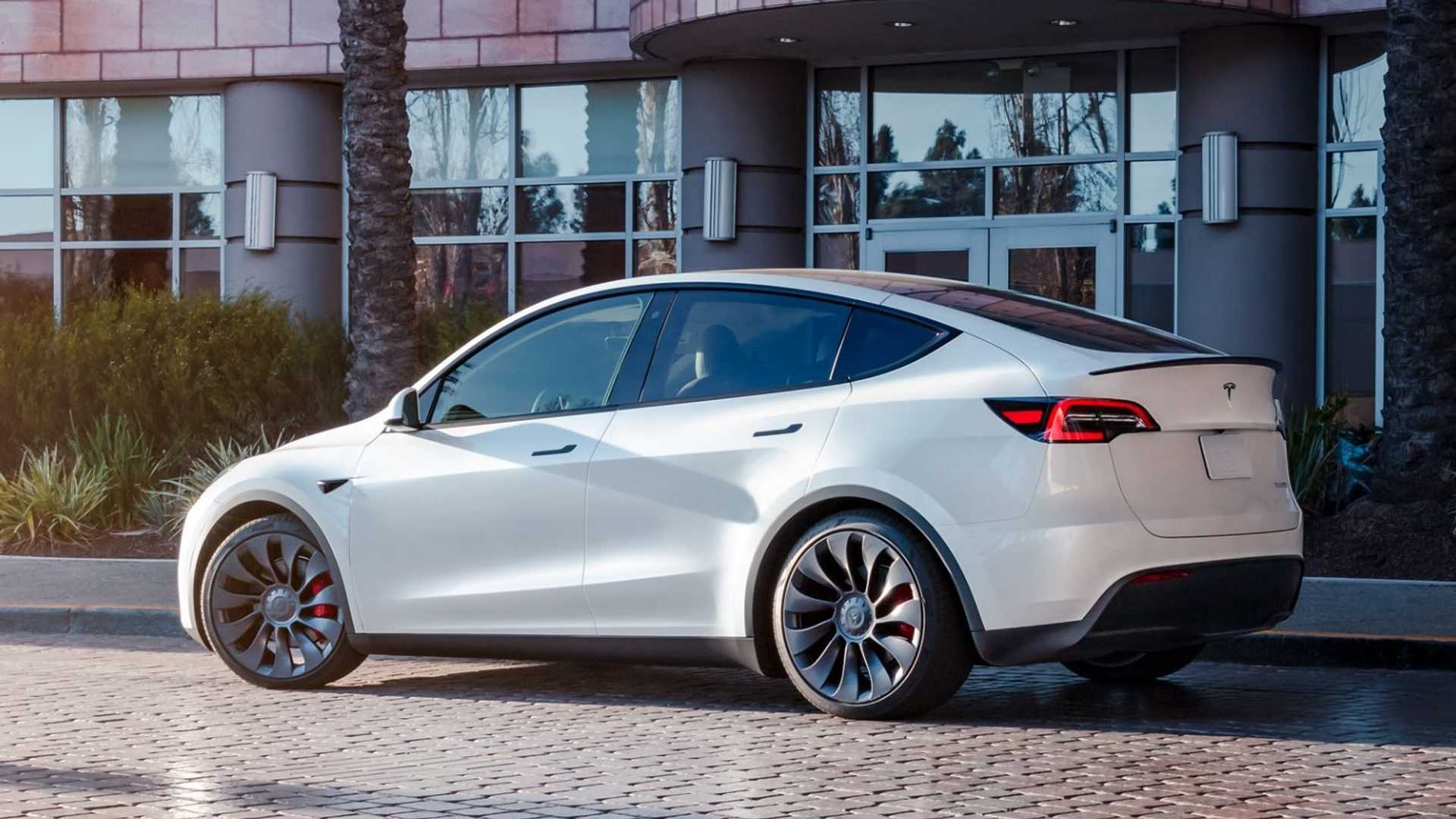
Tesla has become nearly debt-free in just two decades, a feat that’s unheard of in the auto industry’s more-than-century-old history. How the electric vehicle company was able to keep its debts low has created a new precedent for auto manufacturers, simultaneously putting pressure on some of the industry’s biggest names.
 |
Above: (Image: Casey Murphy / EVANNEX).
A recent analysis from Guru Focus demonstrates how the automaker’s example could set a new precedent for the auto industry, even as other companies still have huge debts to their lenders. While traditional automakers have relied on massive debts to produce and sell their capital-intensive products in their 100-year histories, Tesla’s business model has found it with high levels of cash flow and unprecedently low debt for the industry.
Guru Focus writer Matthew Cobb breaks down how Tesla’s debt compares to those of the two largest U.S. automakers, GM and Ford, showing that both of the legacy manufacturers are swimming in debt. Meanwhile, Tesla could pay off its remaining debt tomorrow if it wanted to.
Currently, Ford has a total long-term debt of $140 billion, while GM is right behind with $115 billion in the same category. Tesla, on the other hand, has just $5 billion in long-term debt, and plenty of cash to show for it. In fact, the company has $22 billion in free cash flow, meaning that its cash minus debt gives it a $17 billion surplus.
To be sure, the auto industry requires high capital expenditures to some extent, largely due to the expensive materials involved, as well as labor and equipment for production. Automakers also need top-of-the-line research and development, which can be costly from an investment standpoint.
Cobb attributes Tesla’s low debts to a few different things, with the first being its sleek lineup of cars, innovative technology and its overall dedication to renewable energy and sustainability. Through this and CEO Elon Musk’s ability to create investor buzz on social media, Cobb points out how Tesla was able to go from a startup to a soaring stock with a high valuation around 2020.
Once Tesla became highly valued, the company gained access to equity funding instead of typical debt financing. This allowed Tesla to keep debts low since equity financing doesn’t require the same path to repayment as debt financing. Tesla has since used its own equity funding to help keep its ongoing debts low, especially on debts generated prior to the company’s stock takeoff.
With a market capitalization of $548 billion (compared to those of $48.23 billion and $50.93 billion for Ford and GM, respectively), Tesla has demonstrated its strength in financial management over the last 20 years. And with the emerging EV sector gaining more ground than ever before, it will be interesting to see how legacy automakers attempt to catch back up to Tesla’s dominance in the next 20.
Source: Guru Focus
===







